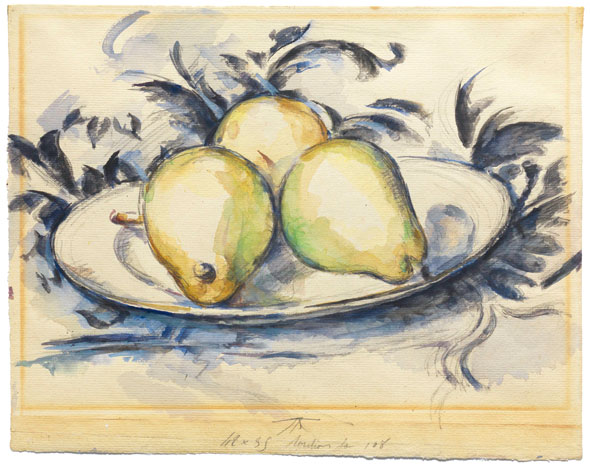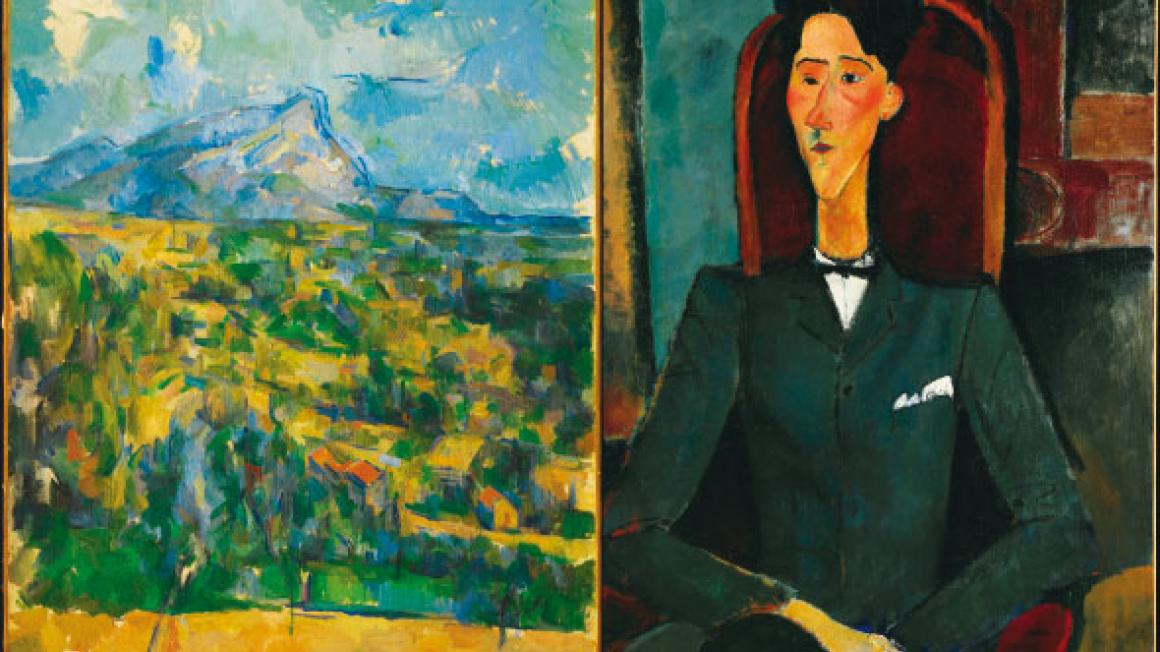Cézanne And The Modern
 You may be forgiven if the connection between one of our most respected art museums and a New York businessman with an interest in cold-storage facilities is one that does not readily spring to mind. Indeed, the link might never have developed had it not been for a son from a poor, Jewish family near Minsk, who defied his traditional background, choosing instead to study fine arts.
You may be forgiven if the connection between one of our most respected art museums and a New York businessman with an interest in cold-storage facilities is one that does not readily spring to mind. Indeed, the link might never have developed had it not been for a son from a poor, Jewish family near Minsk, who defied his traditional background, choosing instead to study fine arts. The artist, Chaïm Soutine, became a prolific painter and it was his vibrant landscape, Village Square, Cétet, which caught the eye of businessman Henry Pearlman. When the painting came up for sale in 1945, Pearlman ensured he was the highest bidder and the oil painting, positioned above the mantelpiece in his home, forever lifted his spirits. More importantly, the purchase ignited a passion for art that continued until his death nearly 30 years later.
Now, in a collaboration between Princeton University Art Museum and the Ashmolean, this and other works from the Henry and Rose Pearlman Collection of Impressionist and Post-Impressionist art are displayed in Europe for the first time. Classic and less well-known pieces embrace three galleries. It is an intensely personal collection that vividly reflects its owner’s passion. Without belittling Soutine’s powers, at the heart of the exhibition are 24 works by Cézanne that span his career from the 1870s to 1906. Here, his evocative Three Pears, in which the sensuous fruit nestle against a patterned tablecloth, hangs alongside the simplistically effective pencil drawing, Trees. Cézanne’s 1906 Still Life With Carafe, Bottle And Fruit also reveals his timeless skill with watercolour, though half-a-dozen oils, rightly, also have their place.

Given the significance of Pearlman in this exhibition – the first stop in a European tour – it is fitting that two images of him are included. The first is Kokoschka’s oil on canvas. This is a lively evocation of the collector, while Lipchitz’s bronze sculpture is a worthy tribute to a man who loved his art.
Until 22 June at the Ashmolean Museum, Beaumont Street, Oxford: 01865-278002, www.ashmolean.org


